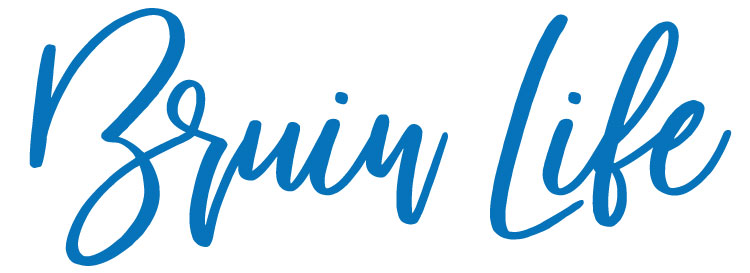Whether you graduate as a nurse, writer, or consultant, you’ll need to be smart with your money. Start by learning to negotiate effectively and get the salary you want.
Leverage your Best Alternative To Negotiated Agreement (BATNA)
If you’re negotiating a salary with potential employers, your best alternative is the highest salary you’ve been offered by other potential employers. The higher this salary, the stronger your BATNA and the more leverage you have when negotiating. Let the other side know of your strong BATNA: “I’m sorry, I can’t do $100,000. Firm XYZ offered me $107,000.” They’ll likely counter with something above $107,000. Sometimes, you can lie. You can have no such offer from Firm XYZ, but be careful: the amount you quote must be reasonable.
Anchor the Price
The first price offered in a negotiation is the anchor. We naturally tend to agree to a price close to that first price, hence the word “anchor.” So, take your chance to offer a price first. It should be higher than your target price.
Sometimes, Go Second
If you’re unsure about the market, let the other side give their offer first. For example, right after you graduate, you aren’t going to know the value of your qualifications as well as your prospective employers. Don’t risk underestimating your value; don’t ask your employers to underpay you. You’ll have cursed yourself in asking for $80,000 while they’re paying $100,000 to others with similar qualifications.
The Ackerman Model
Chris Voss, in his book Never Split The Difference, outlines the Ackerman Model: a simple way to approach any negotiation.
- Have a target price in mind. Your first offer should be 65% of this target price. Note: This is if you’re buying. If you’re selling, you want to offer 135% of your target price.
- In this offer-counteroffer method, your next offers should increase with diminishing margins. So, your second offer will be 85%, the third 95%, and the final 100% of your target price (or if selling: 115%, then 105%, then 100%).
- These diminishing margins show the other side that they are defeating you. As Voss says it, “They’ll feel that they’ve really gotten every last drop.” Their “triumph” will tempt them to accept your price.
You can change the percentages depending on the situation. But the most crucial factor is the diminishing margins that affect the other side’s psychology.
Offer a Price Range
Another of Voss’s tactics is to offer a price range. You can say, “My desired compensation is between $123,500 and $134,700.” The specific numbers show “thoughtful calculation,” adding credibility. A range appears less aggressive than a fixed number, and your offer will seem flexible.
Not all Negotiation is Monetary
Voss also suggests introducing a “non-monetary variable” into the negotiation. For salary negotiations, he means asking for better employee benefits, such as more vacation days and retirement benefits. Be persistent but pleasant in asking for these benefits, so that, according to Voss, they may counter by offering you a higher salary.
Prepare
If you’re sure you’ll be negotiating in an upcoming situation, prepare. Do your research. Know the market and the prices of similar items. Know the firm and what they pay for your desired position. Know, if possible, who on the negotiation table has the authority. And know your strategy. What is your BATNA? What is your target price? What will your first offer be? Then, practice with a friend who has a different strategy and target price. How close can you get to your target price?
Negotiating well, with poise and intelligence, means not only knowing the right strategies but also executing them well. Aim for mutual understanding and acknowledge what the other side wants, beyond the monetary. A win-win seldom happens by meeting in the middle.

